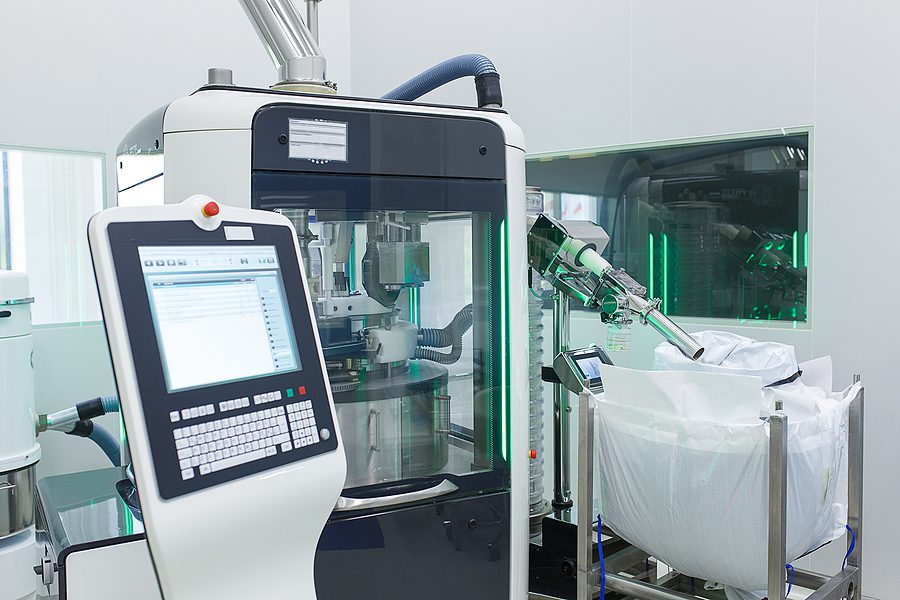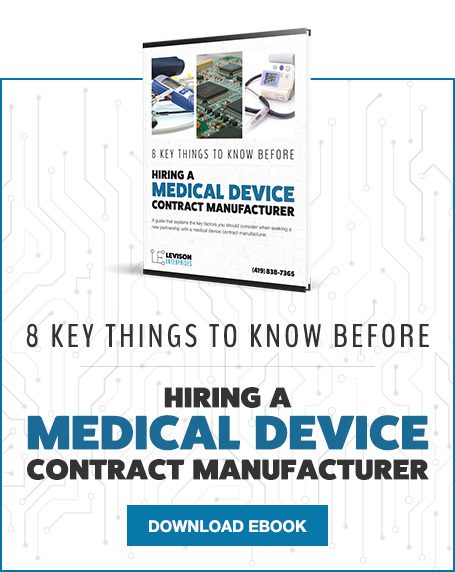2024 Medical Device Manufacturing Trends
Warning: Attempt to read property "ID" on null in /srv/users/serverpilot/apps/lev-2023-wp/public/wp-content/themes/lev-2025/inc/cta_shortcode.php on line 15
Warning: Attempt to read property "post_content" on null in /srv/users/serverpilot/apps/lev-2023-wp/public/wp-content/themes/lev-2025/inc/cta_shortcode.php on line 16
Warning: Attempt to read property "ID" on null in /srv/users/serverpilot/apps/lev-2023-wp/public/wp-content/themes/lev-2025/inc/cta_shortcode.php on line 15
Warning: Attempt to read property "post_content" on null in /srv/users/serverpilot/apps/lev-2023-wp/public/wp-content/themes/lev-2025/inc/cta_shortcode.php on line 16
The medical device field is changing rapidly. While some of the changes are still a result of the impact of the pandemic on manufacturing, such as supply chain constraints, component shortages, and the fallout as a result of those issues, some trends are caused by advances in innovation and meeting the needs of medical professionals and patients.
Medical Device Trend #1: Building Back Supply Chain Resiliency
Global supply chain challenges have impacted every industry, but in the medical device industry, these challenges weren’t just frustrating, they were critical. Without the correct components for medical device manufacturing, hospitals and healthcare facilities were left without critical medical equipment. As we reach the last quarter of 2023, life sciences companies are putting their focus on supply chain resiliency.
One of the best ways to do this is by working with an ECM who provides a material availability forecast. This forecast sees potential availability trends and can order the correct components quickly, which will prevent downtime and meet the demand needed for your device. With a vetted supply chain, you will know who is supplying your parts.

With supply chain challenges in the headlines, there are always those who will seek to take advantage of vulnerable businesses with counterfeit components. In the medical device industry, this is unacceptable. You need to know where your parts are coming from. There are many ECMs who will also encourage Design for Supply Chain. Similar to DFM (Design for Manufacturing), Design for Supply Chain will look at the parts forecast and make design choices that can help mitigate supply chain issues further down the road. This can also allow you to look at your current boards and re-engineer as necessary for parts obsolescence.
Medical Device Trend #2: Multi-Faceted Collaboration
Medical device design and manufacturing is a specialized field, but that does not mean a project can or should exist in a vacuum. At every stage in the process, you should have collaboration with your project manager, engineers, and the manufacturing team. Only with multi-faceted collaboration with your ECM can you achieve the highest level of success with your medical device.
Design: Most ECMs understand that you have put the time into your medical device design with a level of expertise in the product that is unparalleled. However, collaborating with an ECM during the design process can allow for a better manufacturing workflow. With on-site engineers performing a DFM with a Design for Supply Chain in mind, the rest of the process will move smoothly because the device will be designed for the available components through the most streamlined manufacturing.
Prototyping: While there are some medical device designers who want to skip this stage in exchange for an earlier full-scale run and quicker time to market, going through the prototyping stage and working closely with your ECM can allow you both to look at the device together and determine the best way to move forward. With on-site engineering, a prototype can address many issues before a full-scale run.
Manufacturing: Many designers think they need to relinquish control during the manufacturing process, but collaboration throughout this stage will allow for a better product for the end user. An ECM with a dedicated project manager to walk you through the manufacturing process can ensure that the device is just as envisioned.
Medical Device Trend #3: Point of Care Automation
AI technology with point of care automation is already a trend to follow in the medical device community. Advances in technology are beneficial for both the medical care professionals and the patients. As devices become smarter and more sophisticated, the benefits are great. Medical devices are being developed to be far less invasive with less recovery time for patients, while providing more information and data to the providers. Medical devices can be engineered with interfaces that provide a heads-up display to show immediate feedback and information for the providers, as automation gets smarter and can handle the heavy lifting. These advances in technology allow for more informed decisions in patient care. Even if you are not yet ready to incorporate AI technology into your medical devices, this trend is important to know so you can plan how it might fit into your process in the future. When you are prepared for new medical device technology and AI capabilities, you will be ready when the time is right for your team.
The current trends in medical device manufacturing are exciting and will move the industry forward in ways that are beneficial for patients and medical professionals. You can be ready to take advantage of the opportunities that are arising in the medical device field when you partner with an experienced medical device ECM. Contact Levison Enterprises for a quote on your next medical device assembly.
